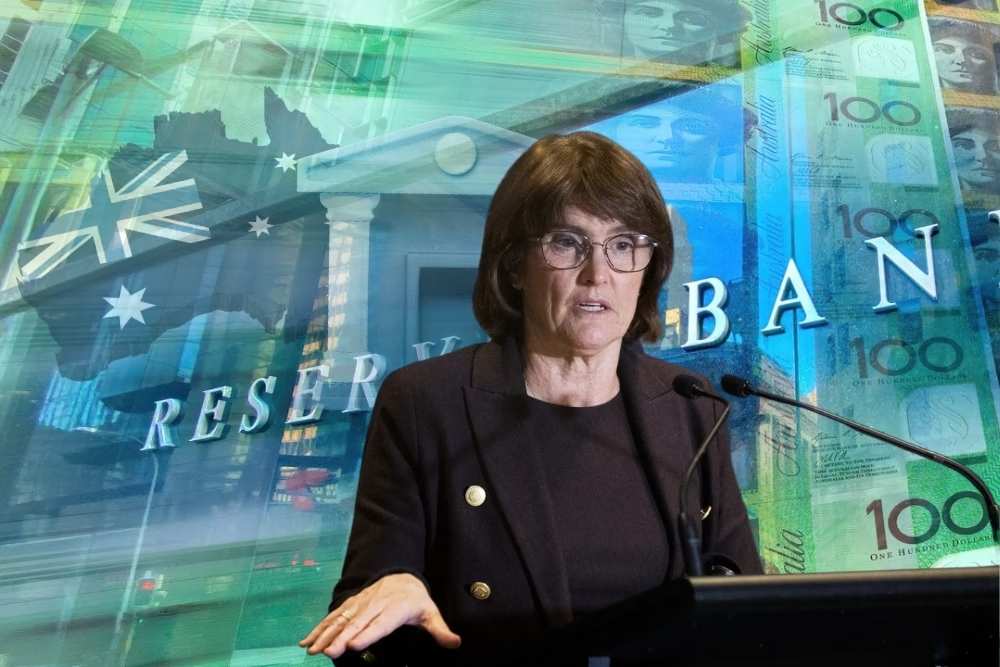In a move that caught financial markets and mortgage holders by surprise, the Reserve Bank of Australia (RBA) has chosen to leave the official cash rate unchanged at 3.85%, defying expectations of a third consecutive cut. While many had anticipated a rate drop amid softening inflation, the central bank opted for caution, waiting for more concrete data before making its next move.
A Split Decision That Raised Eyebrows
This decision marked the first time in years that the RBA disclosed a split vote, with six board members voting to hold rates steady, and three supporting a cut. The rare transparency signals the internal debate within the RBA as it weighs global and domestic pressures.
The cash rate was previously lowered in February and May, each by 25 basis points, and many analysts believed the RBA was on a steady easing path.
However, this pause shows the central bank is not in a rush to lower rates further without stronger evidence that inflation is under control.
Inflation Is Falling – But Not Enough Yet
Recent economic data has given some hope. Headline inflation dropped to 2.1% in May, and core inflation—which strips out volatile items—fell to 2.4%, its lowest level in over three years.
Despite these signs of disinflation, RBA Governor Michele Bullock urged patience, noting that the board had only seen one quarter of underlying inflation below 3%.
“We remain confident that the next move in interest rates will be down,” Bullock said. “But we want to make sure we’ve nailed inflation before we proceed.”
The board is now awaiting the quarterly inflation data, set to be released on July 30, to confirm that inflation is sustainably trending within its target range of 2–3%.
Global Uncertainty Adds to the Caution
Another factor behind the RBA’s decision is the ongoing global economic uncertainty, particularly stemming from U.S. President Donald Trump’s renewed trade tariff actions. While the worst-case scenarios have been avoided so far, Bullock noted that international conditions remain “fluid” and require continued monitoring.
In response to the RBA’s announcement, the Australian dollar surged to 65.5 US cents, and bond markets reacted swiftly, with interest rate futures repricing expectations. Traders now see an 88% chance of a rate cut in August, should the upcoming inflation data support further easing.
The Housing Market and Consumer Spending
Lower borrowing costs from the February and May cuts have helped prop up the housing market, with property prices reaching new highs in Sydney, Brisbane, Perth, and other capitals. However, this has not translated into stronger consumer spending.
Retail sales remain soft, and households are saving rather than spending, even after tax cuts. The labour market remains strong, with unemployment steady at 4.1%, giving the RBA some breathing room before making further changes.
Political Responses
The RBA’s move triggered mixed reactions from political leaders.
-
Treasurer Jim Chalmers acknowledged the public’s disappointment but stressed the importance of waiting for full economic data.
-
Opposition treasury spokesperson Ted O’Brien criticized the Albanese government’s fiscal policy, arguing it’s keeping interest rates higher than necessary by failing to control public spending.
What Happens Next?
The RBA’s next meeting is scheduled for August 12, and all eyes are now on the July 30 inflation report. If it confirms a continued disinflation trend, the RBA is widely expected to resume its rate-cutting cycle.
Until then, the central bank appears firmly in wait-and-watch mode, balancing the need for economic stimulus with the responsibility of anchoring inflation expectations.
In summary, while the RBA’s decision to hold the cash rate at 3.85% surprised many, it reflects a deliberate strategy to act with caution in an uncertain global and domestic environment.
The coming weeks—and especially the next inflation data—will be crucial in determining the next steps for Australia’s monetary policy.



